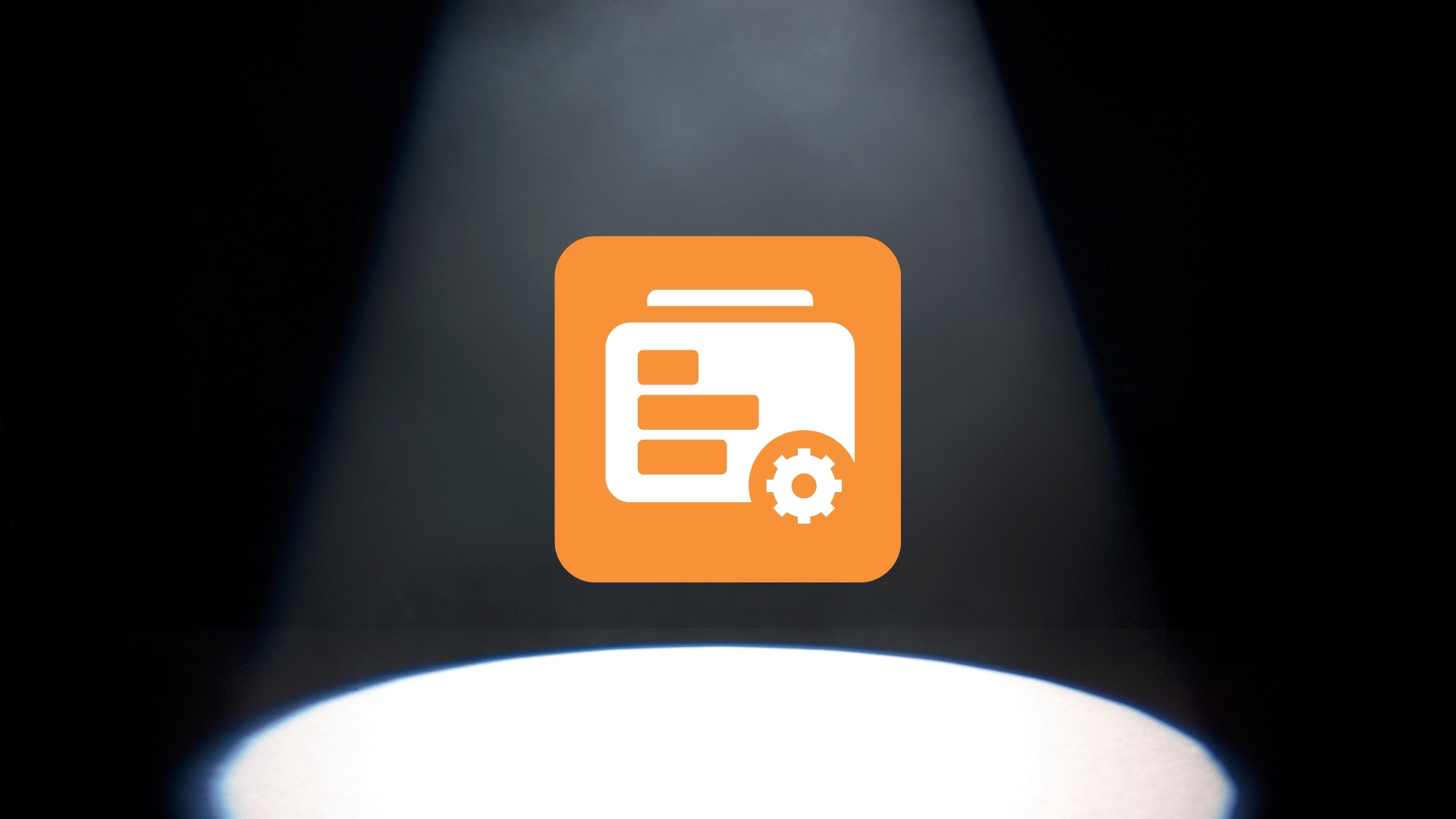Spotlight on Enterprise
This month we’re chatting with Rob Gravestock, Product Manager for Enterprise, about report automation.
Tell us a bit about Enterprise, and your role as product manager?
There is a lot I could tell you about Enterprise! But to keep it brief, Enterprise is our offline reporting solution. The core benefits of Enterprise is to deliver accuracy, speed and cost savings to our clients worldwide and I have this in mind with every development we look to pursue. Before I became product manager, I gained years of experience in the software as part of our bureau service (to which I am still involved).
As product manager, I am involved in an agile software development process. I met up with the development team and QA/testing team on a daily basis, with the objective of minimising bugs and progressing on new features. We aim to release beta versions of the software in 2 week intervals, we can then get feedback relatively quick on new features and how it functions in real life scenarios.
We recently put a vote out to our clients with a shortlist of the next big feature we should look to develop. As a result of the vote, we are looking to develop a new Table Layout Wizard. We also asked clients for any features they would like to see and got some great feedback. As part of the feedback, we are starting a new initiative of releasing regular short videos of how to use certain features, to target FAQs with Enterprise.
What are the benefits of using report automation?
The benefit I think that is often bypassed with report automation is that when a report is produced almost instantly, it then allows the researcher so much more time to invest in scrutinising the results and delivering a really insightful report. Which is what reporting is all about right?!
Another benefit is accuracy, with a computer pulling data there are no human factors such as fatigue or distractions. This also ties in with saving on resources. For instance, if a person puts 30 hours into producing 10 reports manually, the equivalent is an automation technician putting 3-4 hours into the setup and leaving the 10 reports to run unmonitored and then delivering within the hour.
There are various different automation software that can produce 1000s of PowerPoint presentations. What makes Enterprise different is the level of sophistication and detail that can be implemented into each report. From variable brands, countries, forms of stat testing, low base suppression and colour coding, and the deliverables are 100% editable in the output.
When should someone consider utilising report automation software?
As soon as possible! But seriously, if someone is overwhelmed or daunted with producing reports, Enterprise is often a very good solution. Enterprise saves time on repetitive elements, even if it is one report with a few core slide designs, as soon as these core designs are set up, the logic can be applied for the future slides.
If your organisation has various multi-country reports or trackers. It is definitely worth investing in automation as you would not need to spend so much time creating the reports. The longer you take creating the report the less relevant the data becomes.
Do you have any tips on making report automation effective?
One tip is to always try to think ahead, for example, you may be working on a tracking study that monitors 10 brands. If you build the automation to work with 10 brands this is fine for the current wave. However, what happens next quarter if a newly emerging brand appears? I perhaps would build the study to work off 15 potential brands and hide the spare slots until they become relevant. It is much easier to build 15 at the beginning rather than add brands in post automation setup.
Another tip is, try to keep your projects in a clear and consistent layout. Some ways you can do this is by 1) Using item numbers that relate to a slide number, so you can locate the data quicker, for example, If you are working on slide 5 your data tags would all be in the 5000’s.
2) Keep notes throughout, for example, I would have slide title notes above the data tags used on that slide and would have a note about what the Calculation or Rule does, so you can quickly reference it without looking into the syntax. You may run a certain project once a year, so these notes can really help you get back up to speed quickly.

